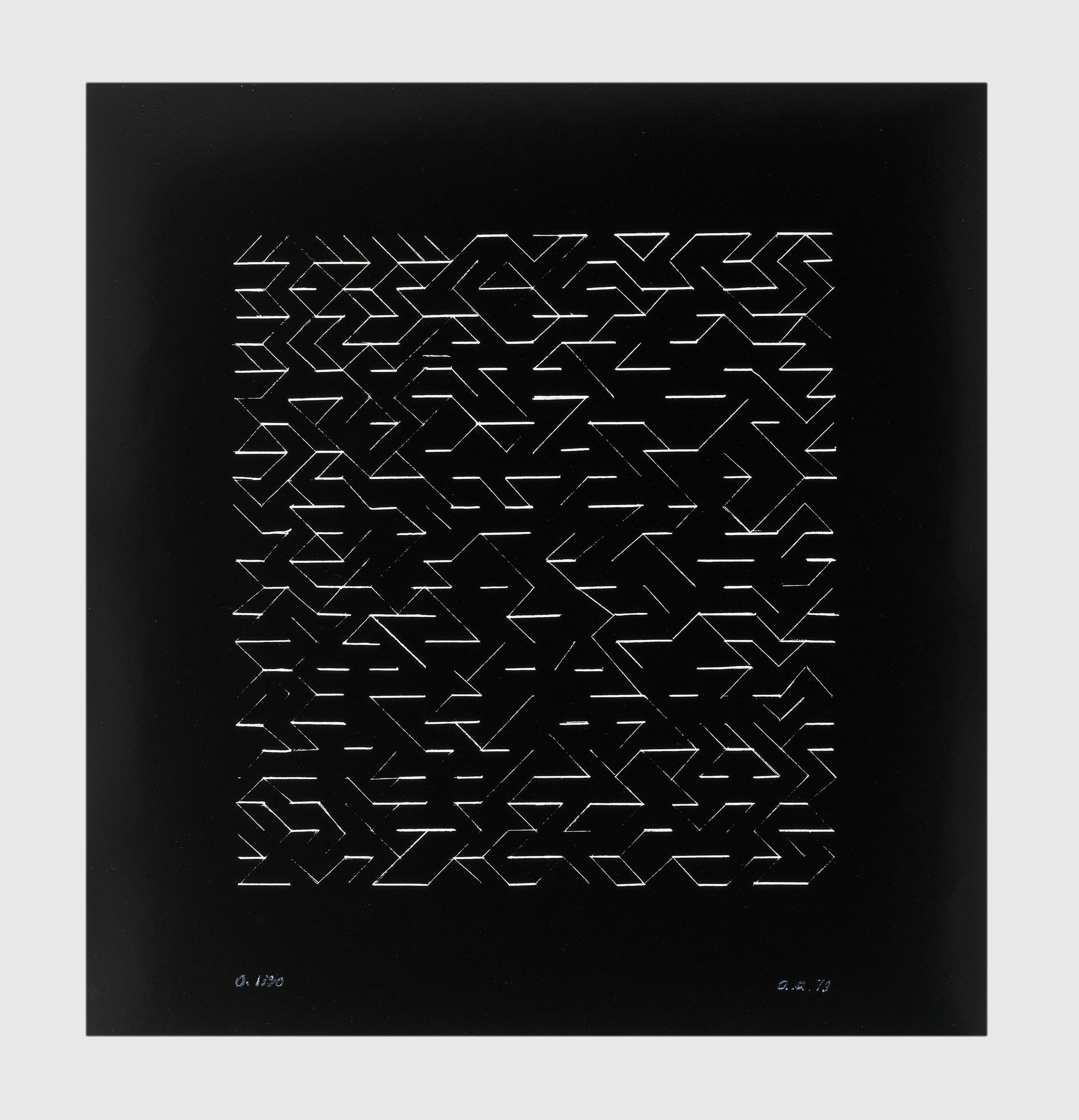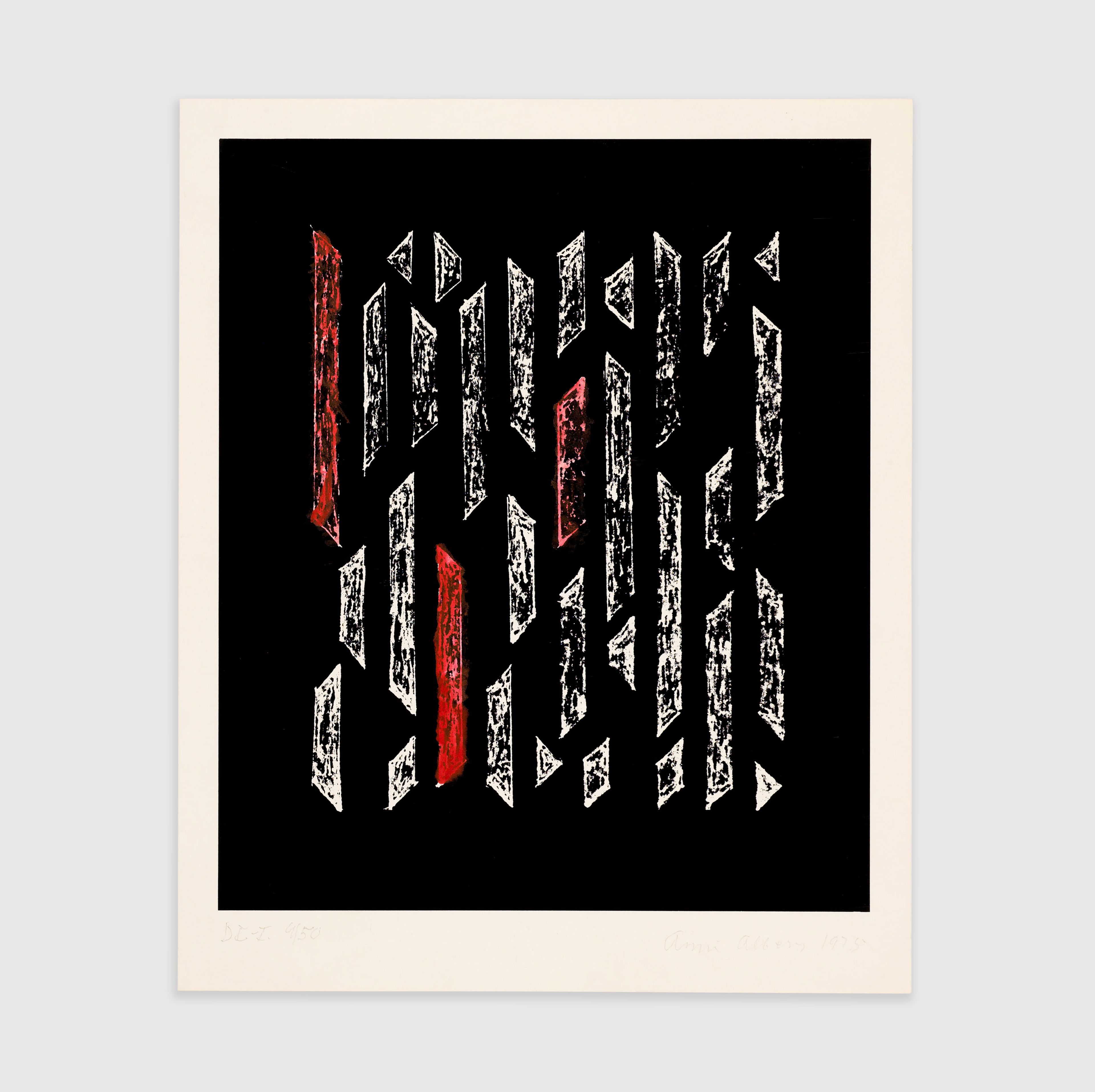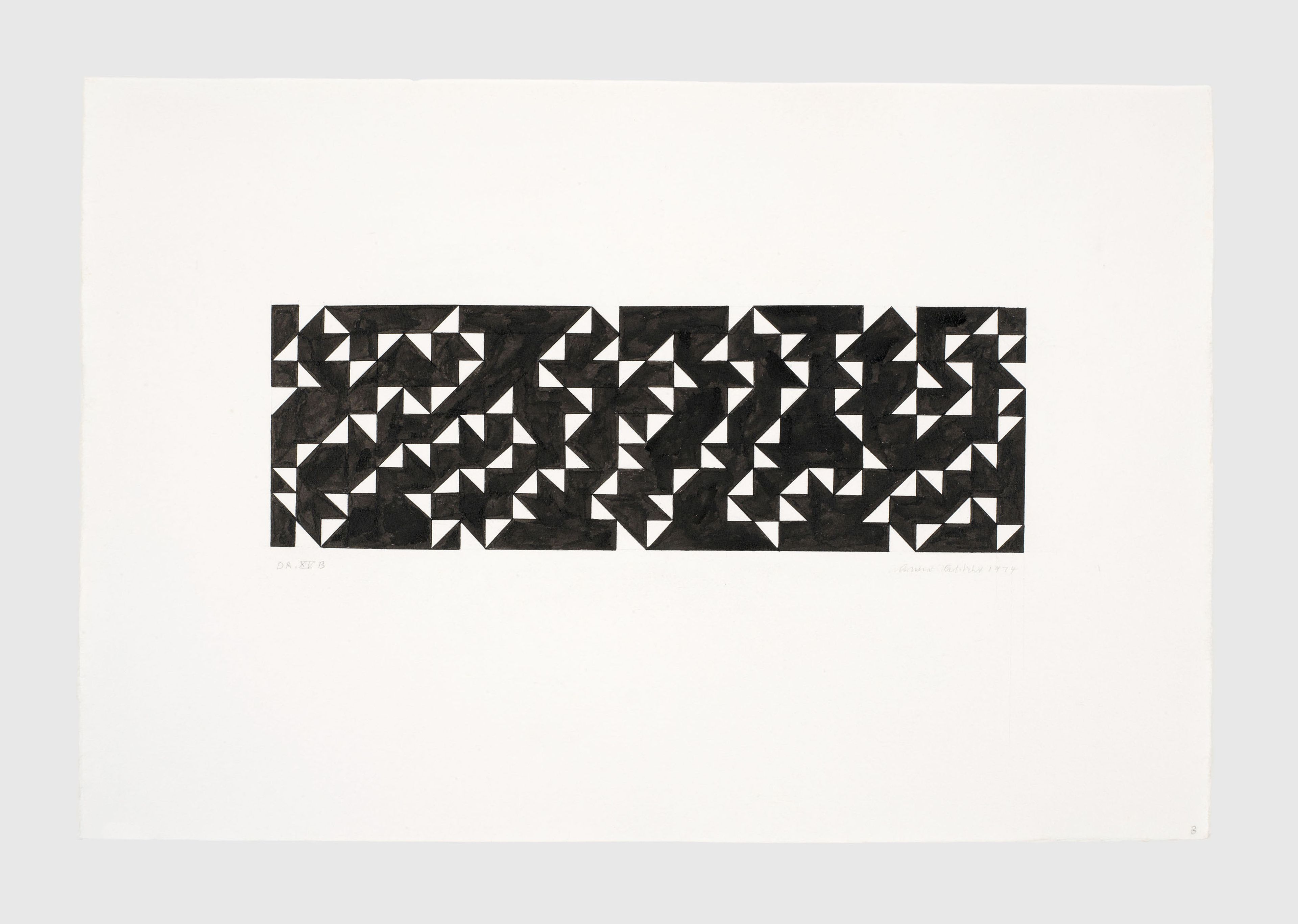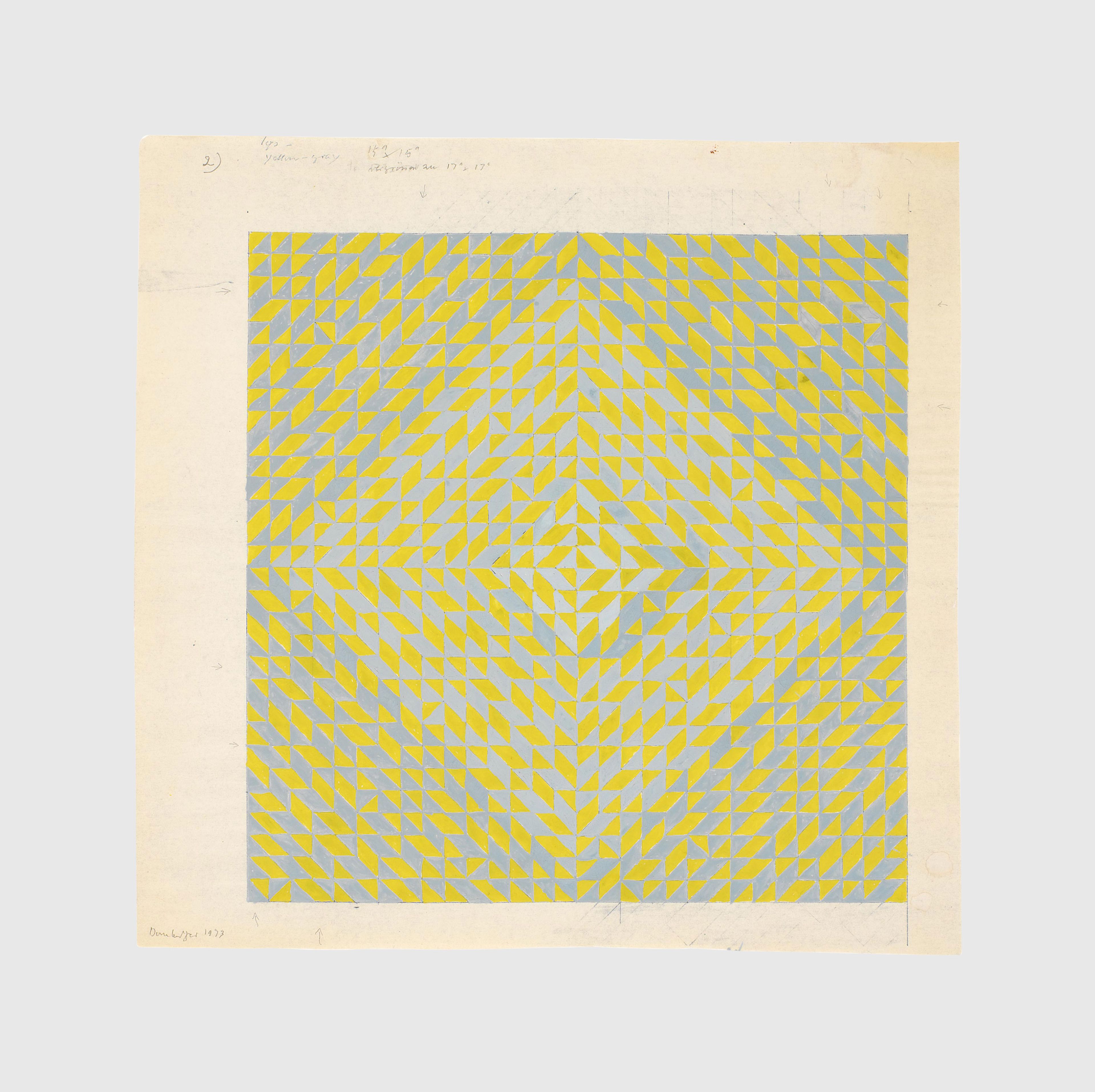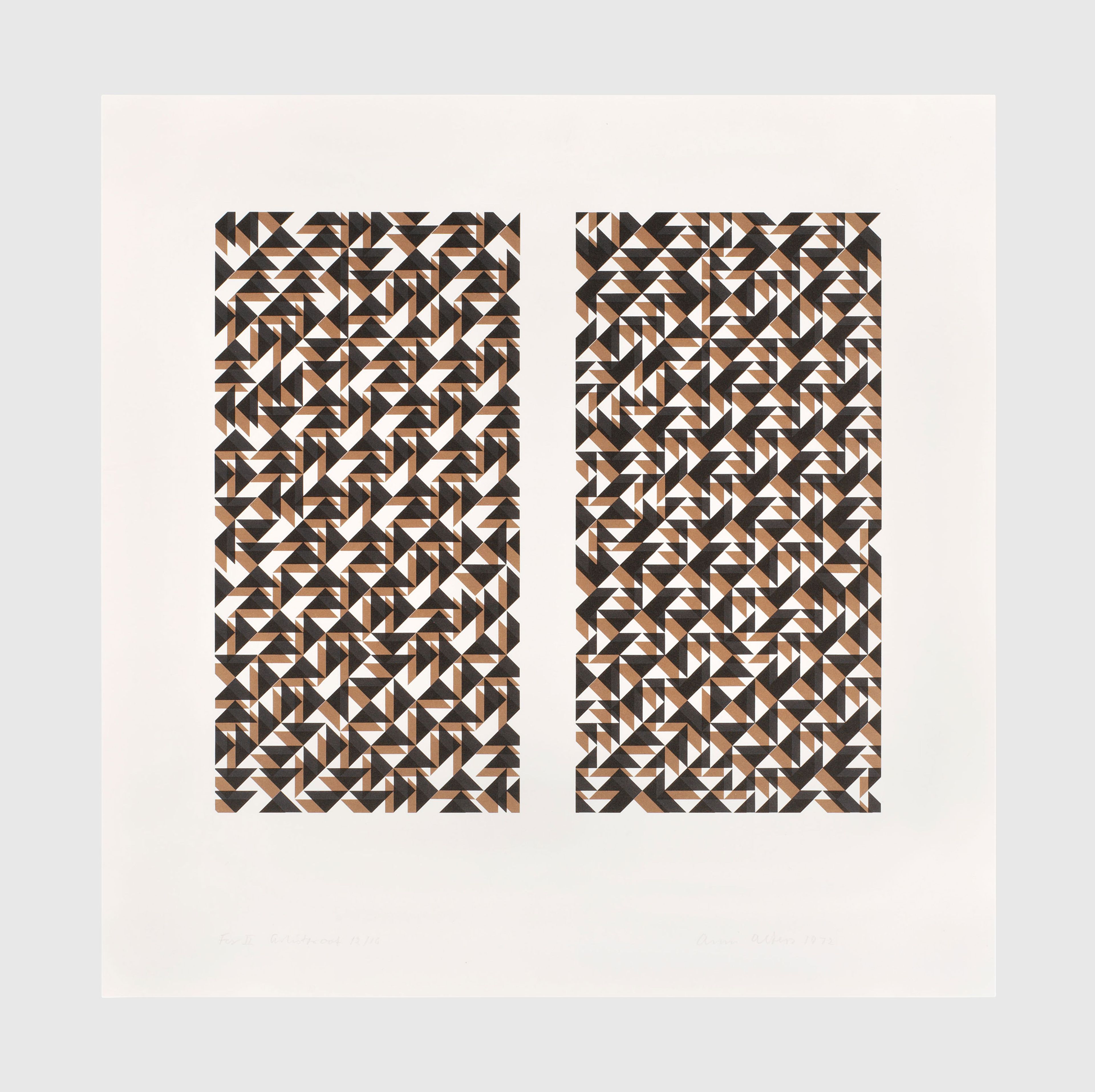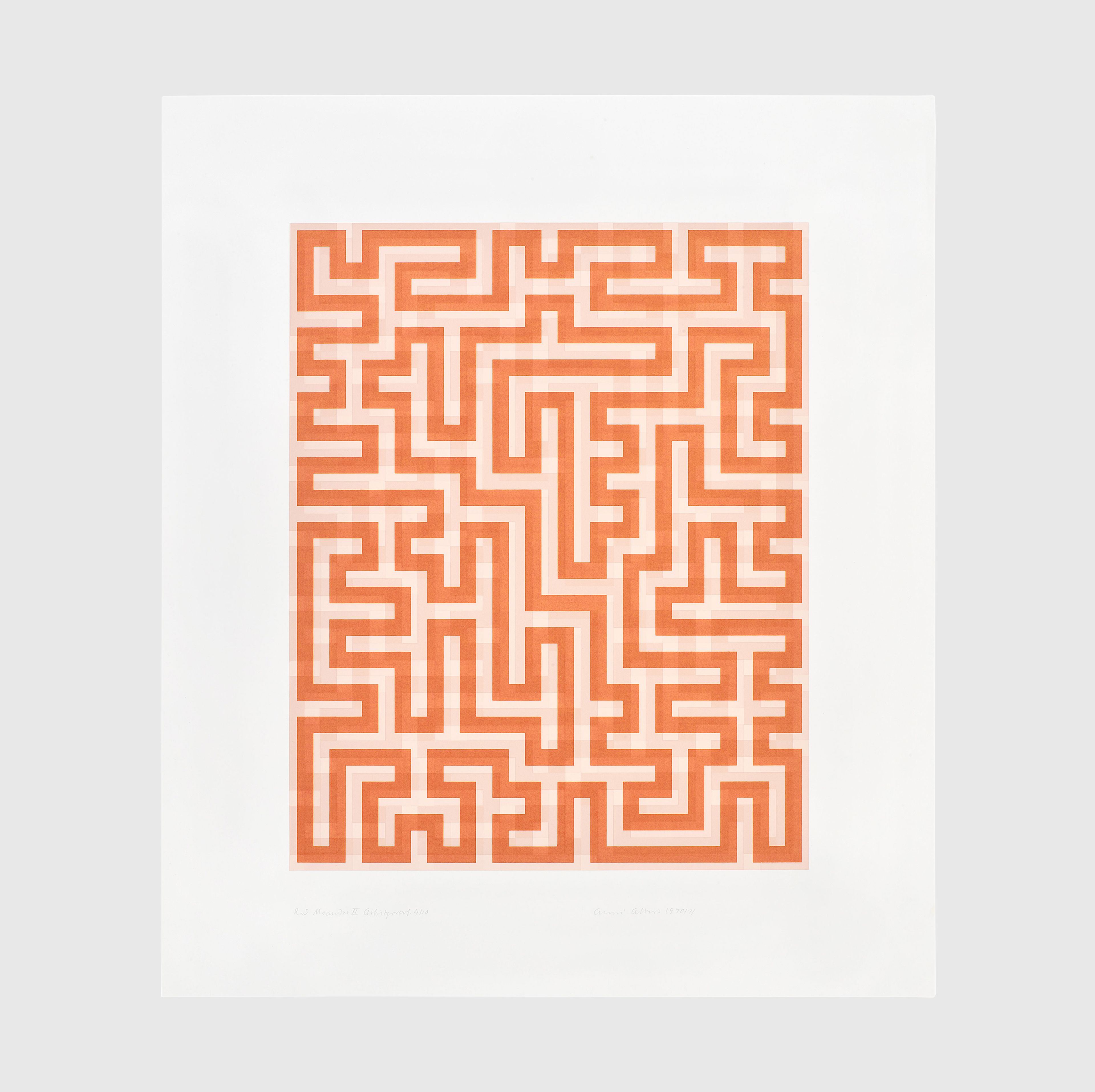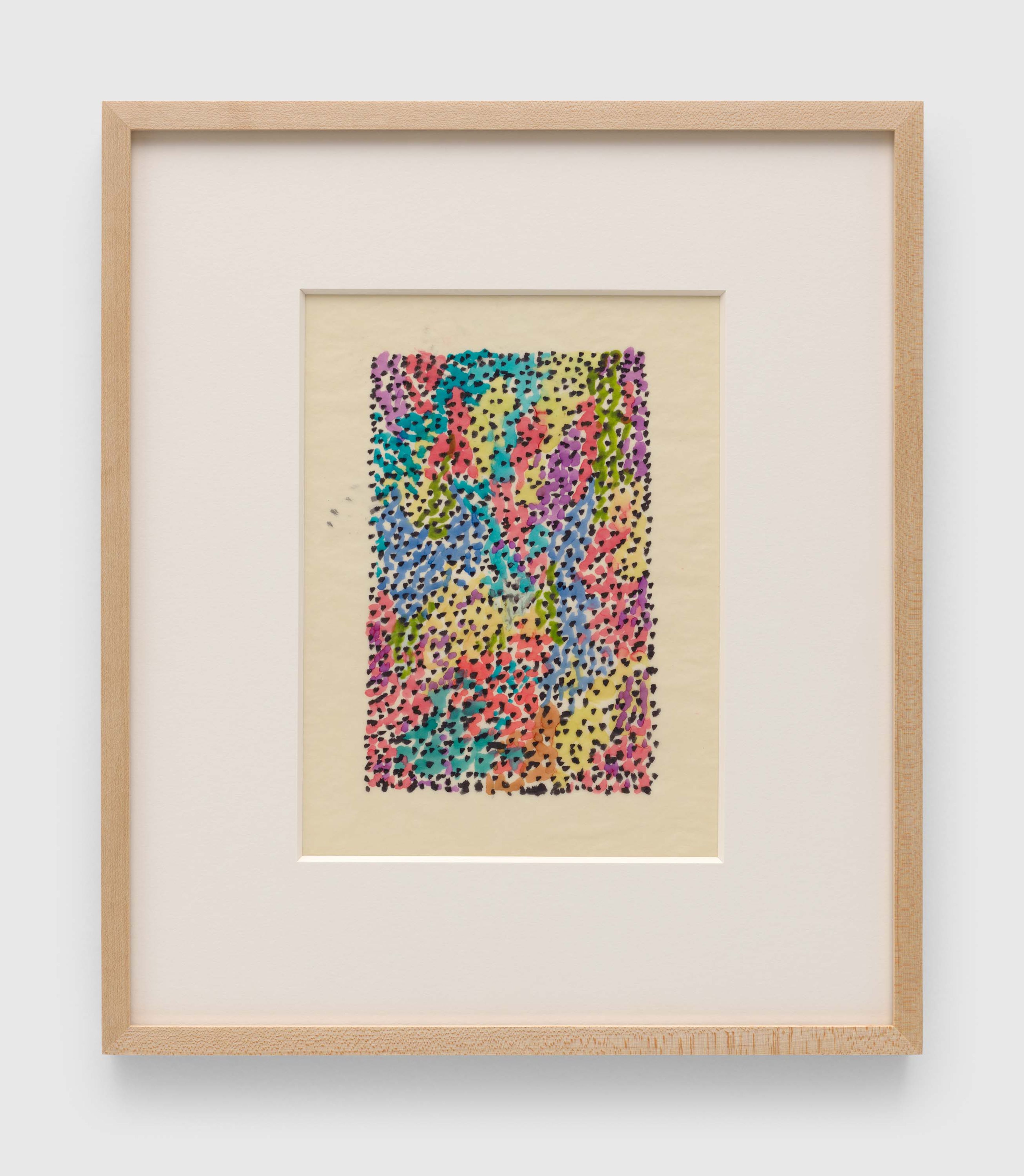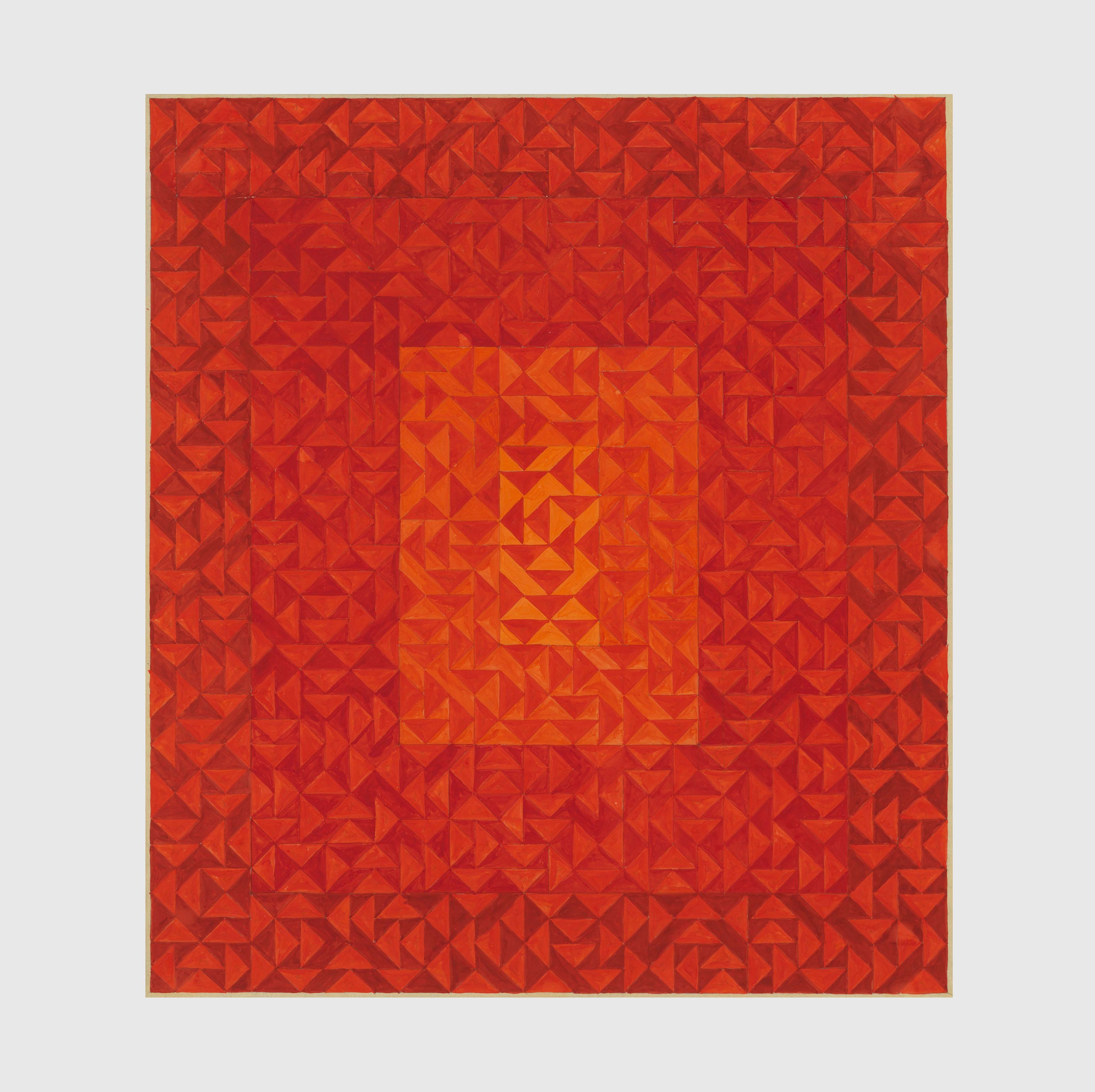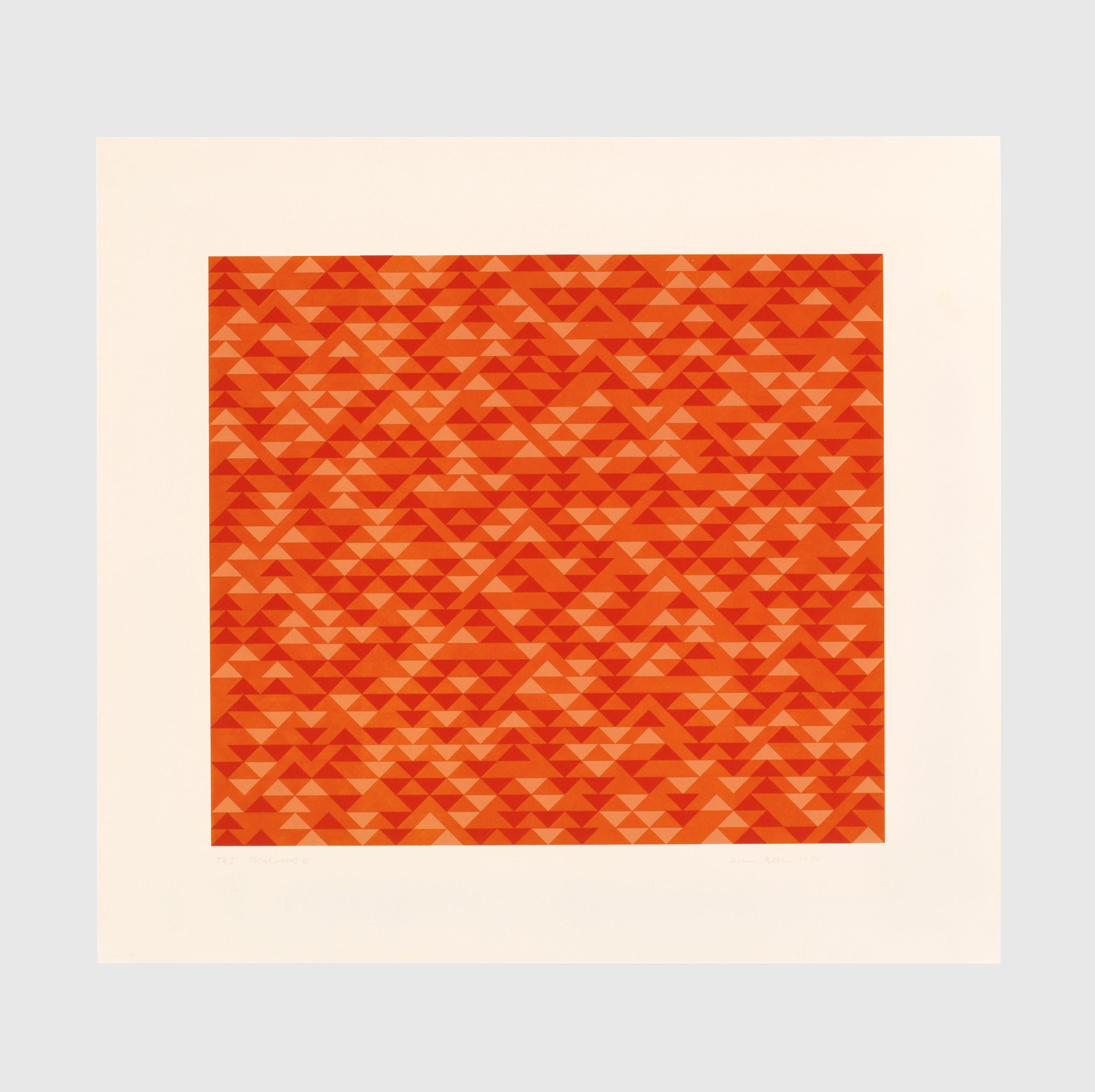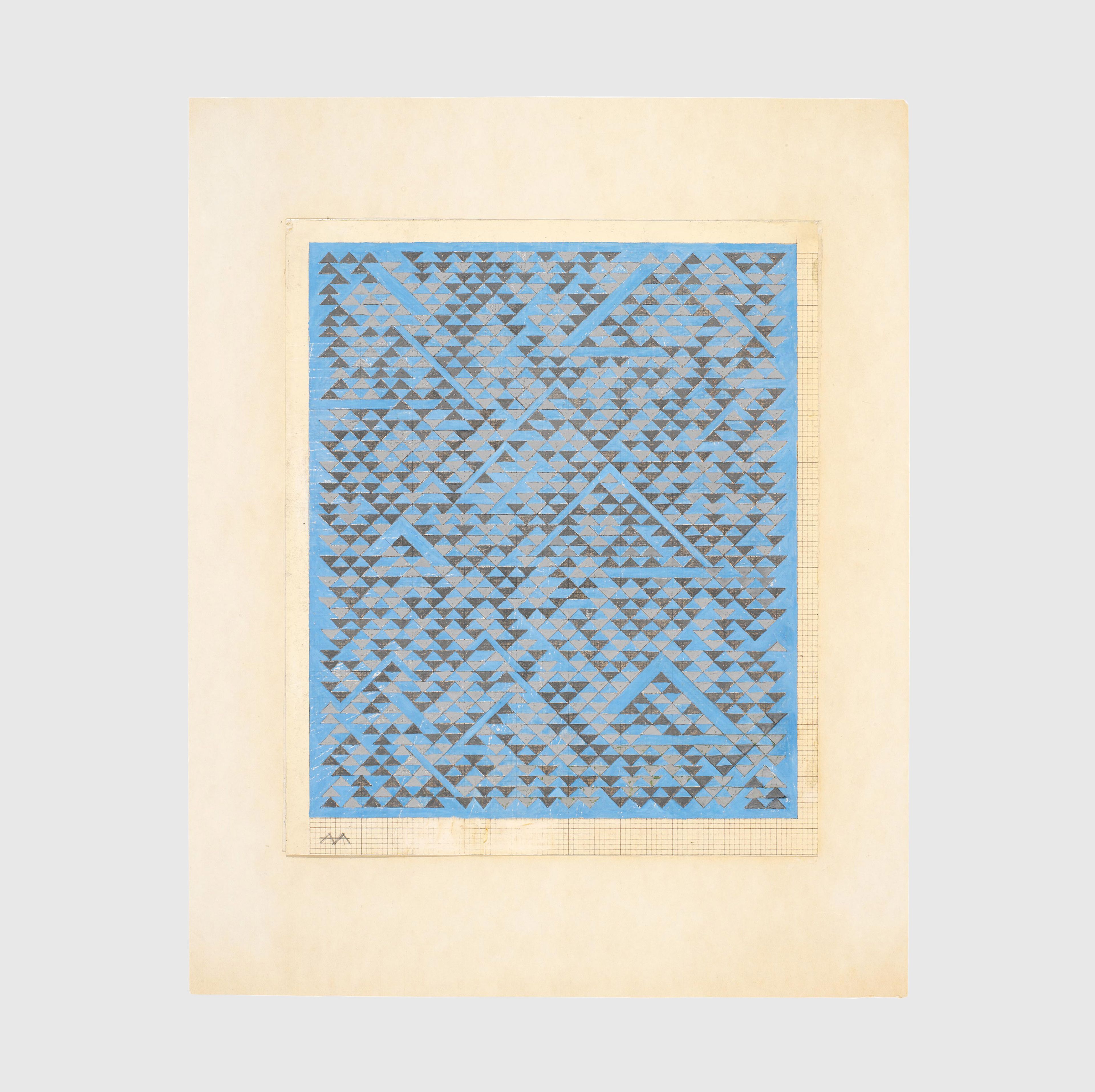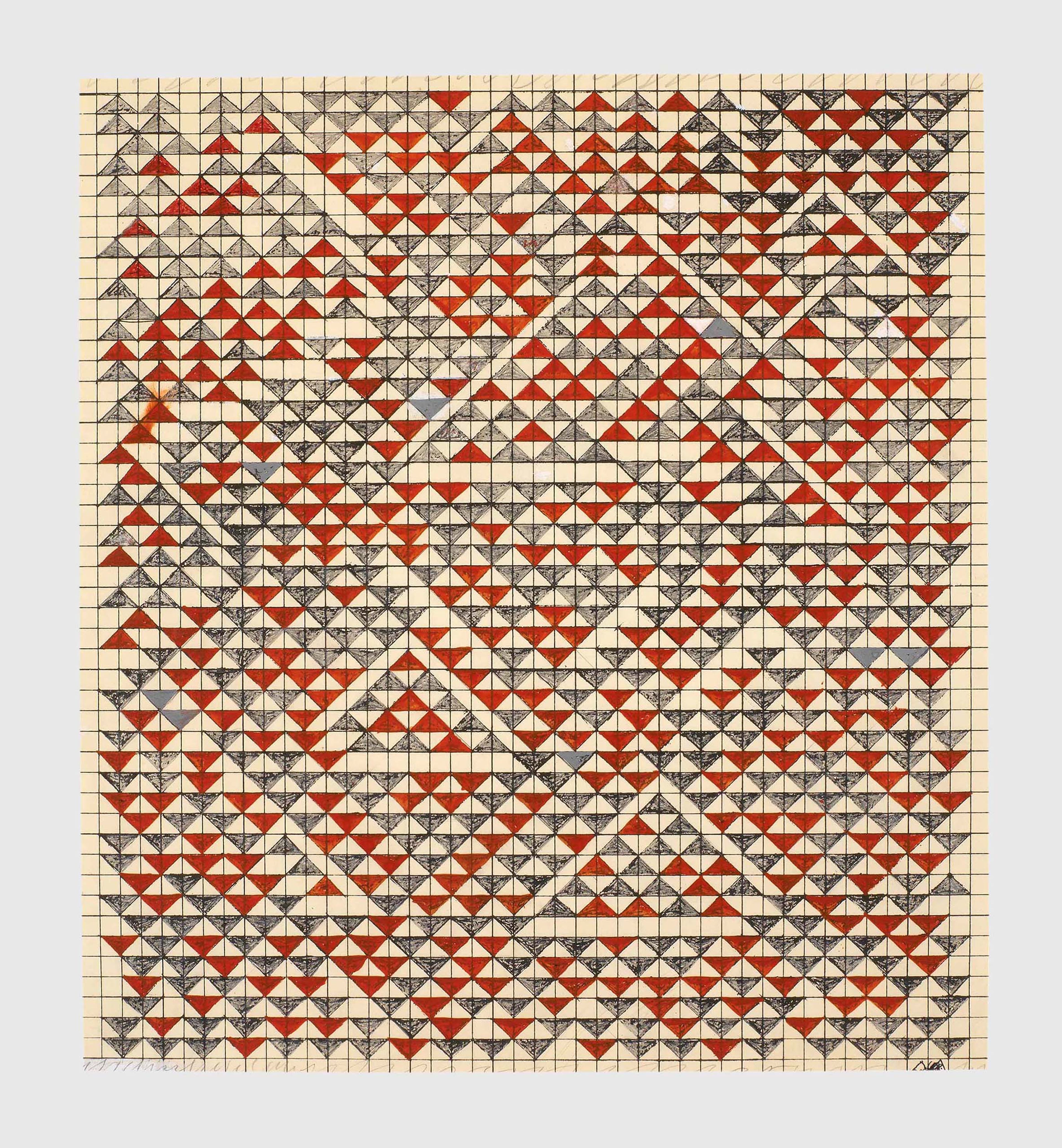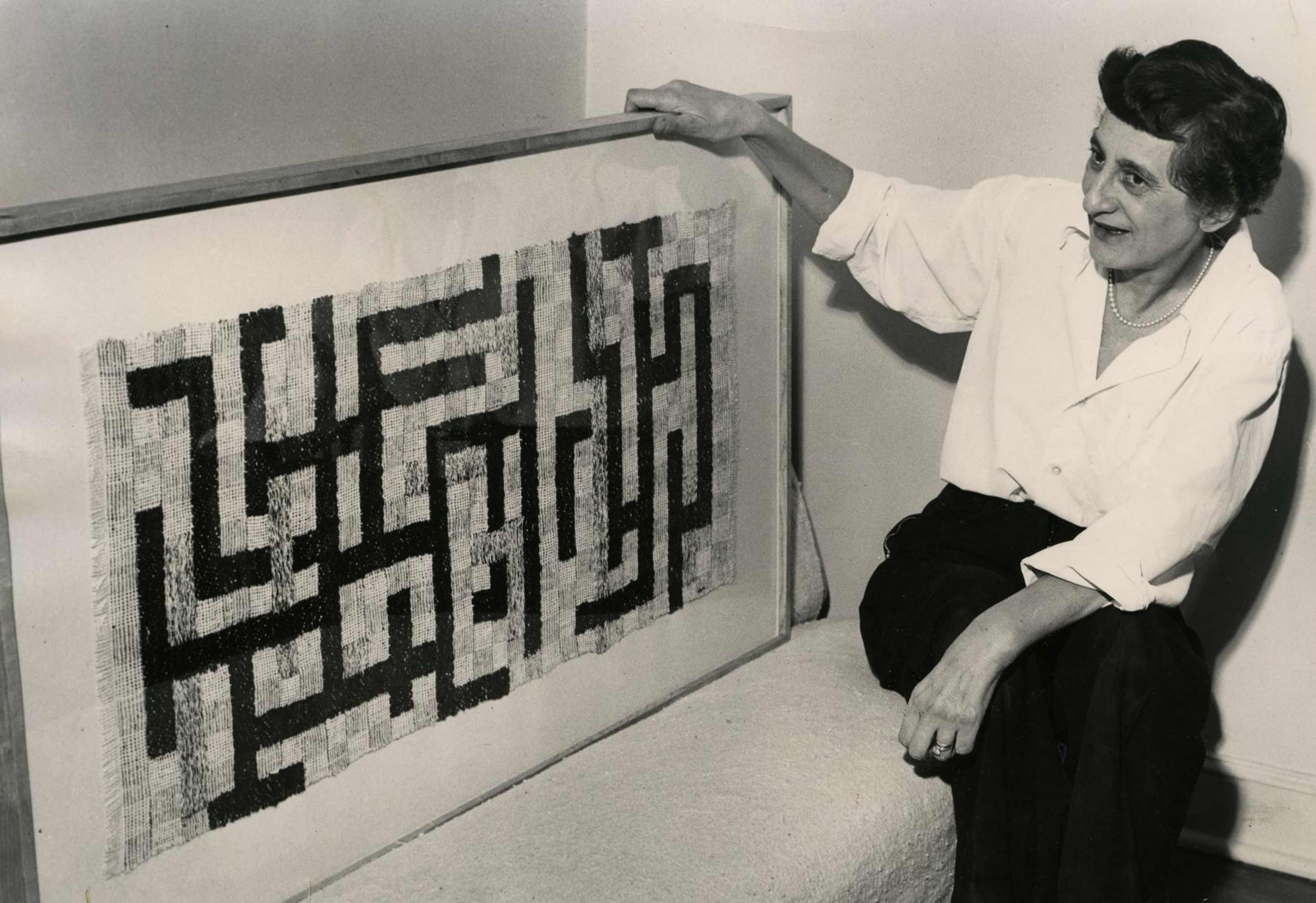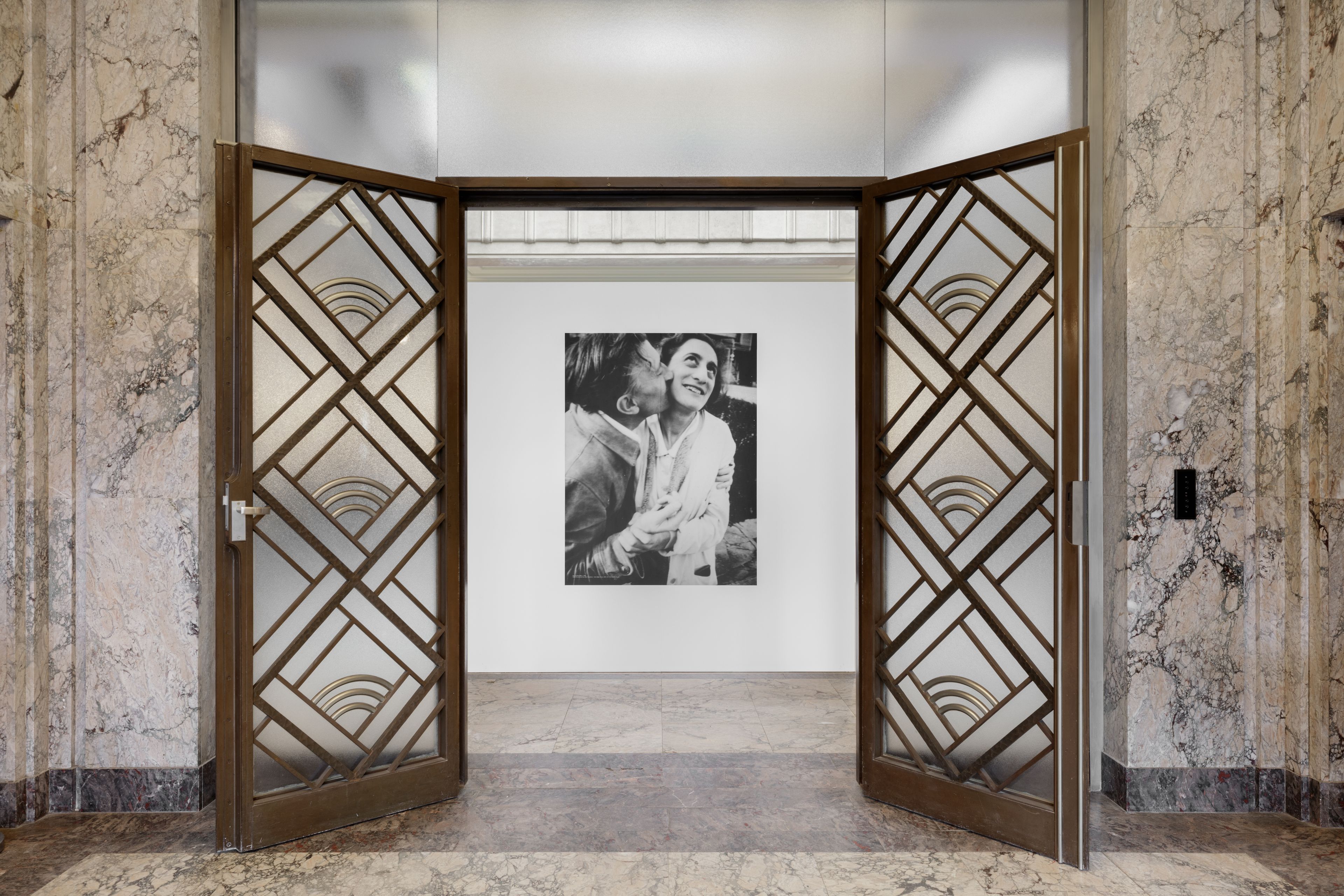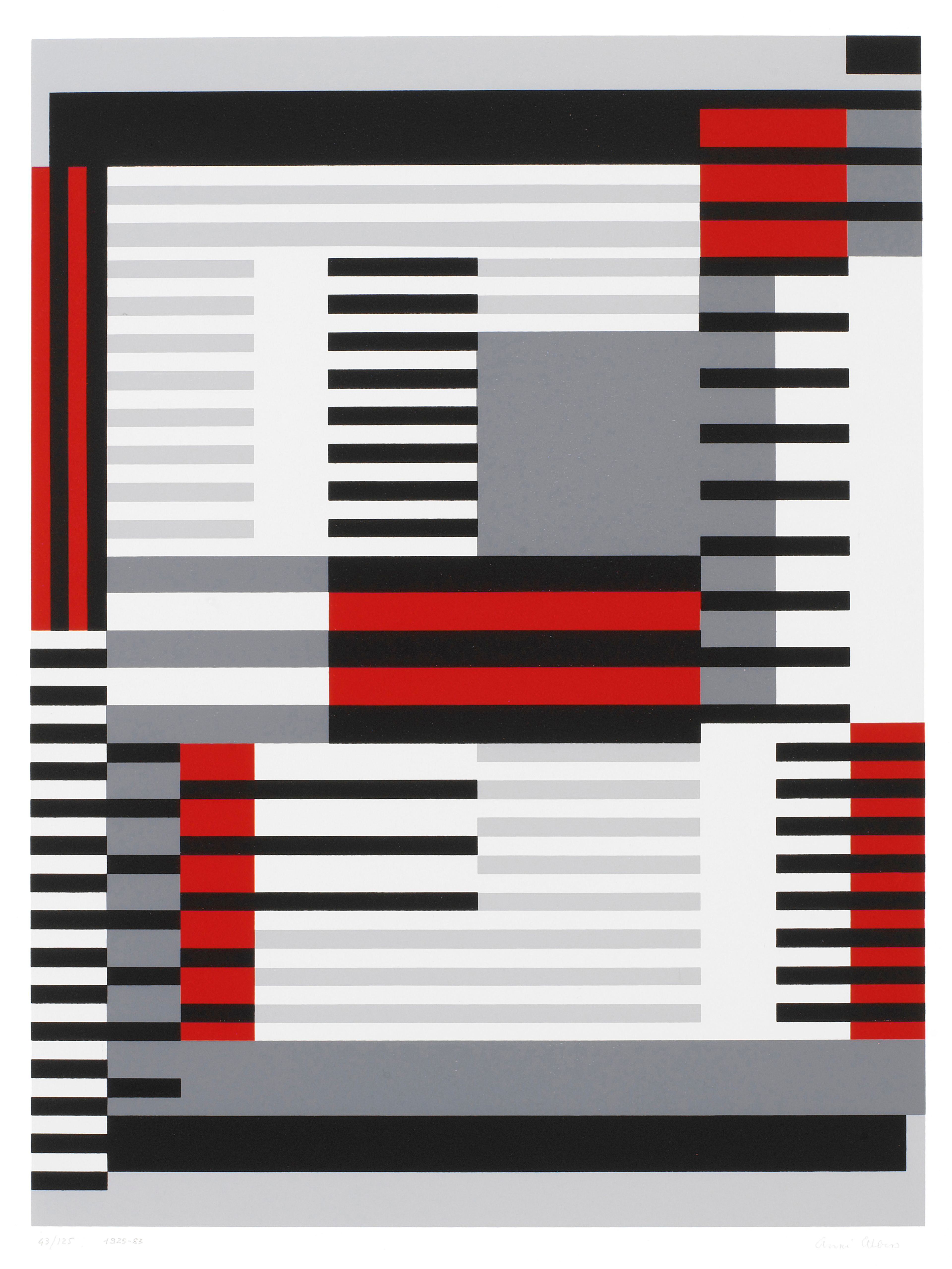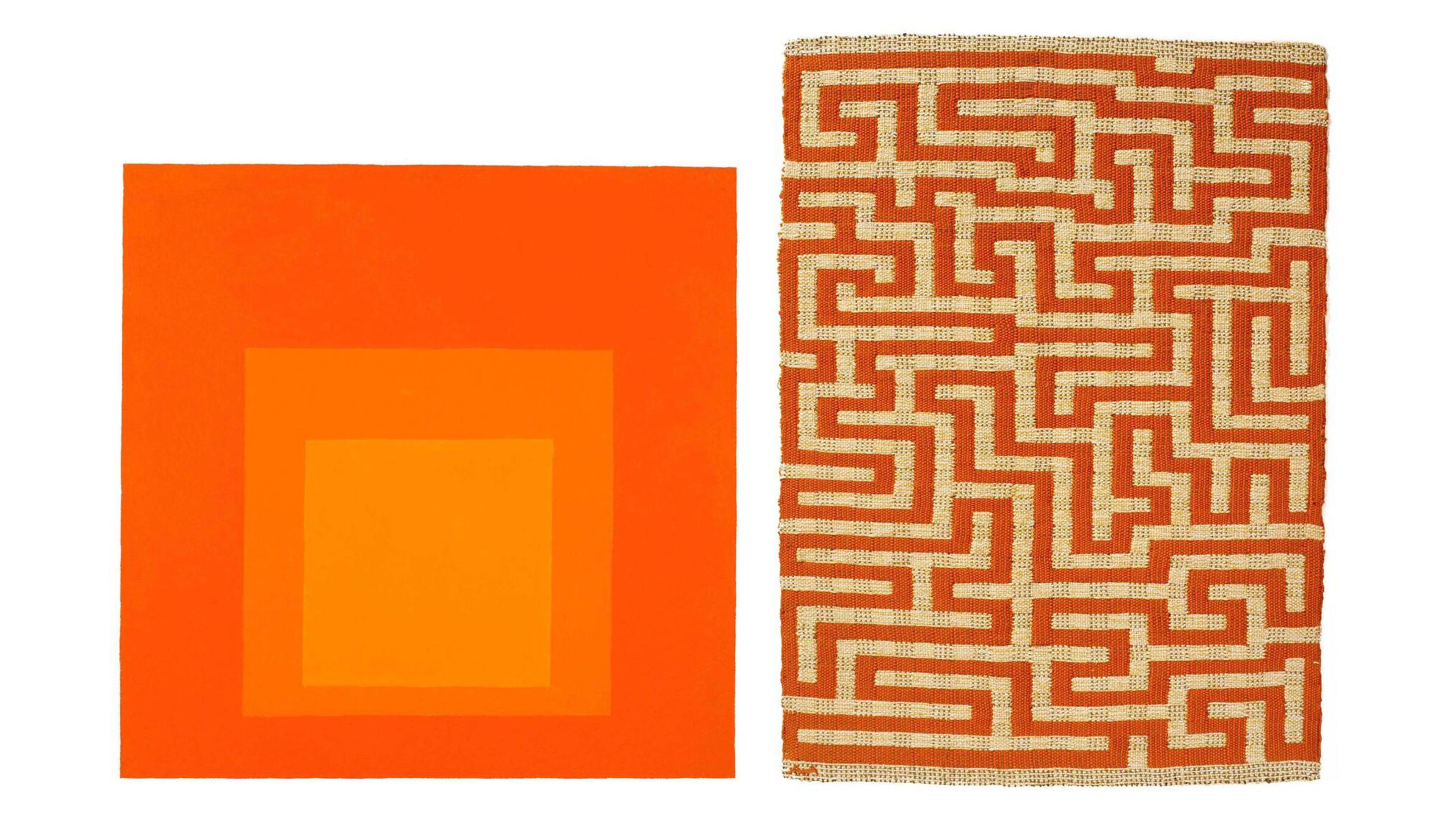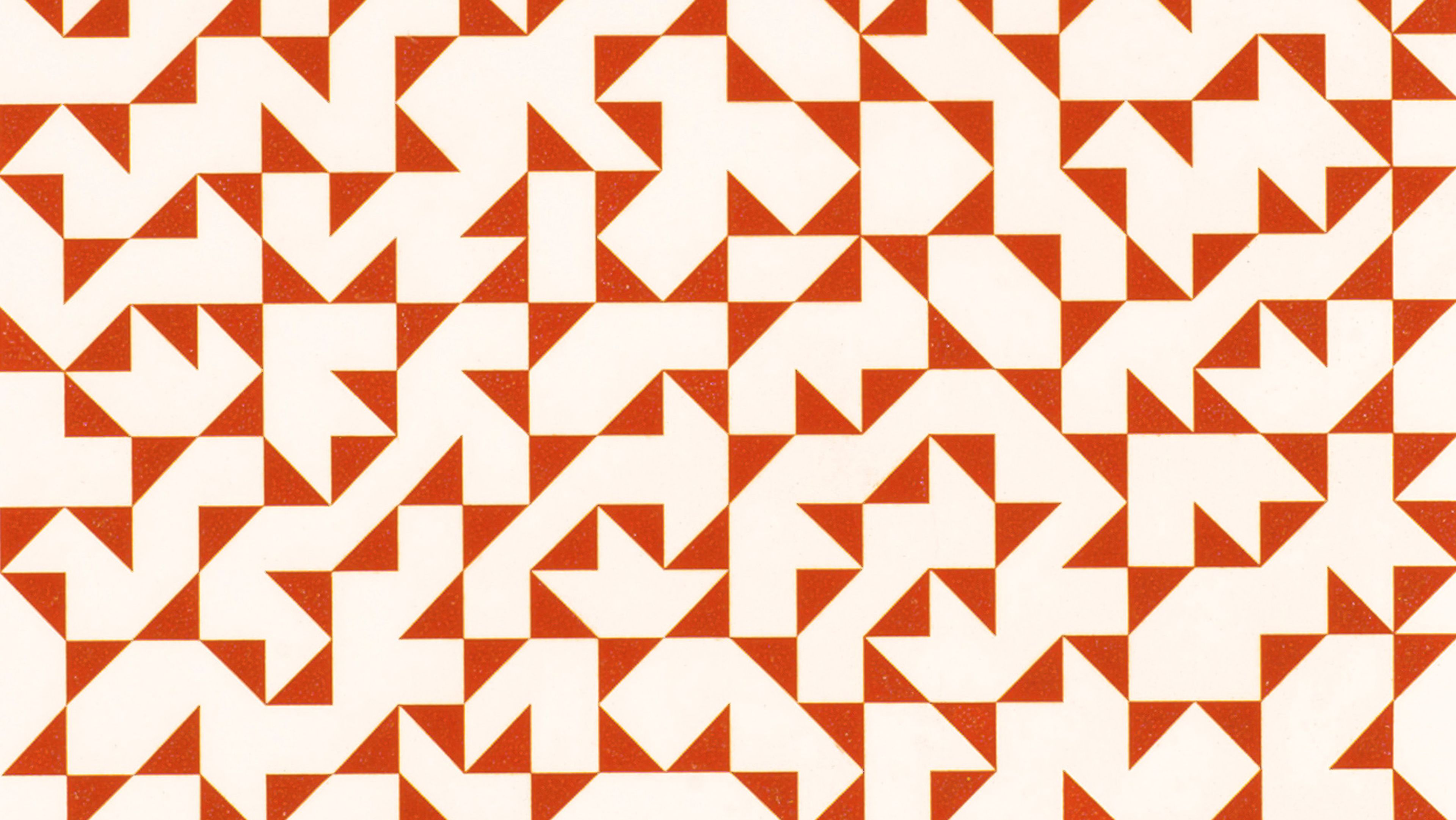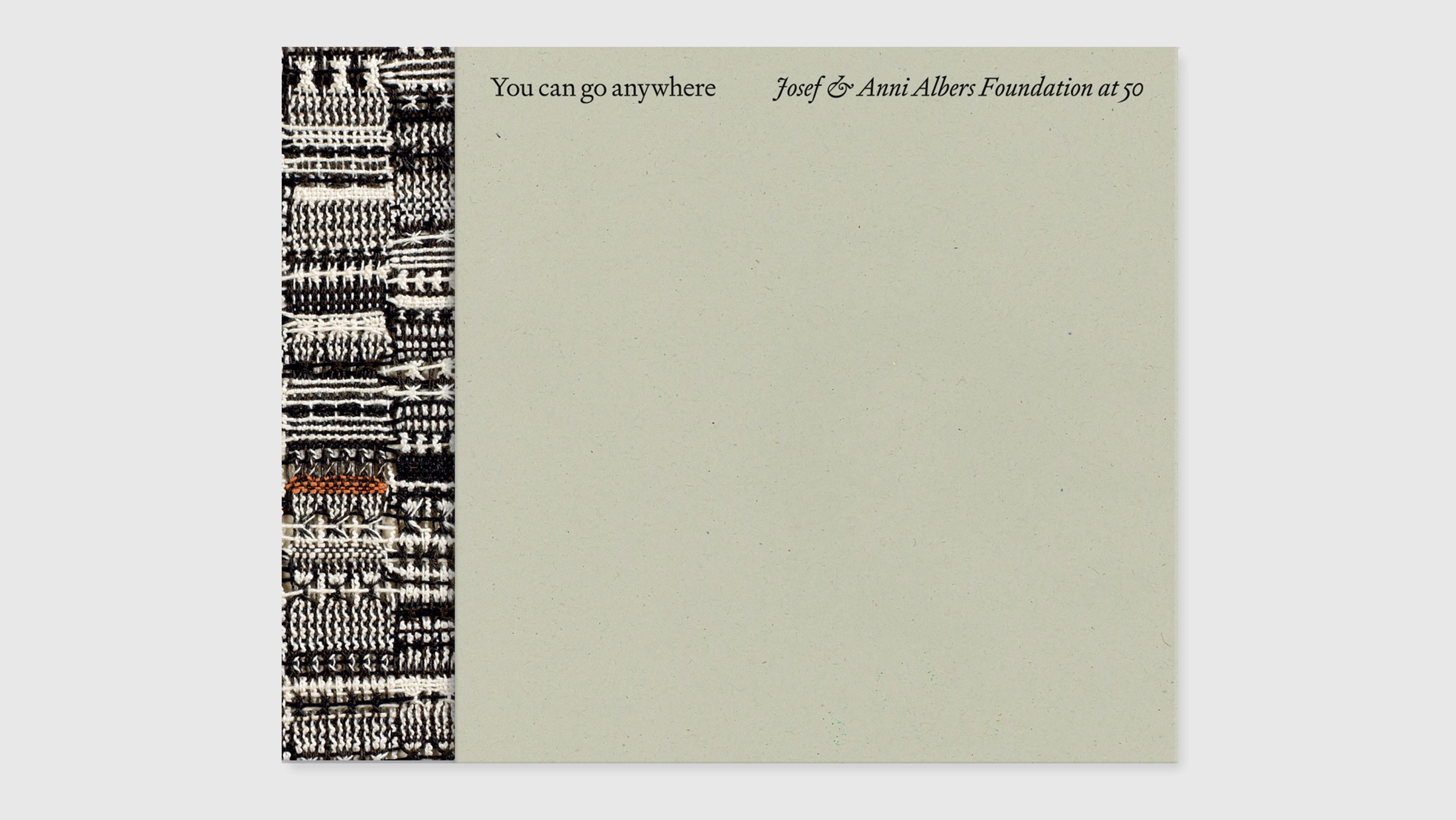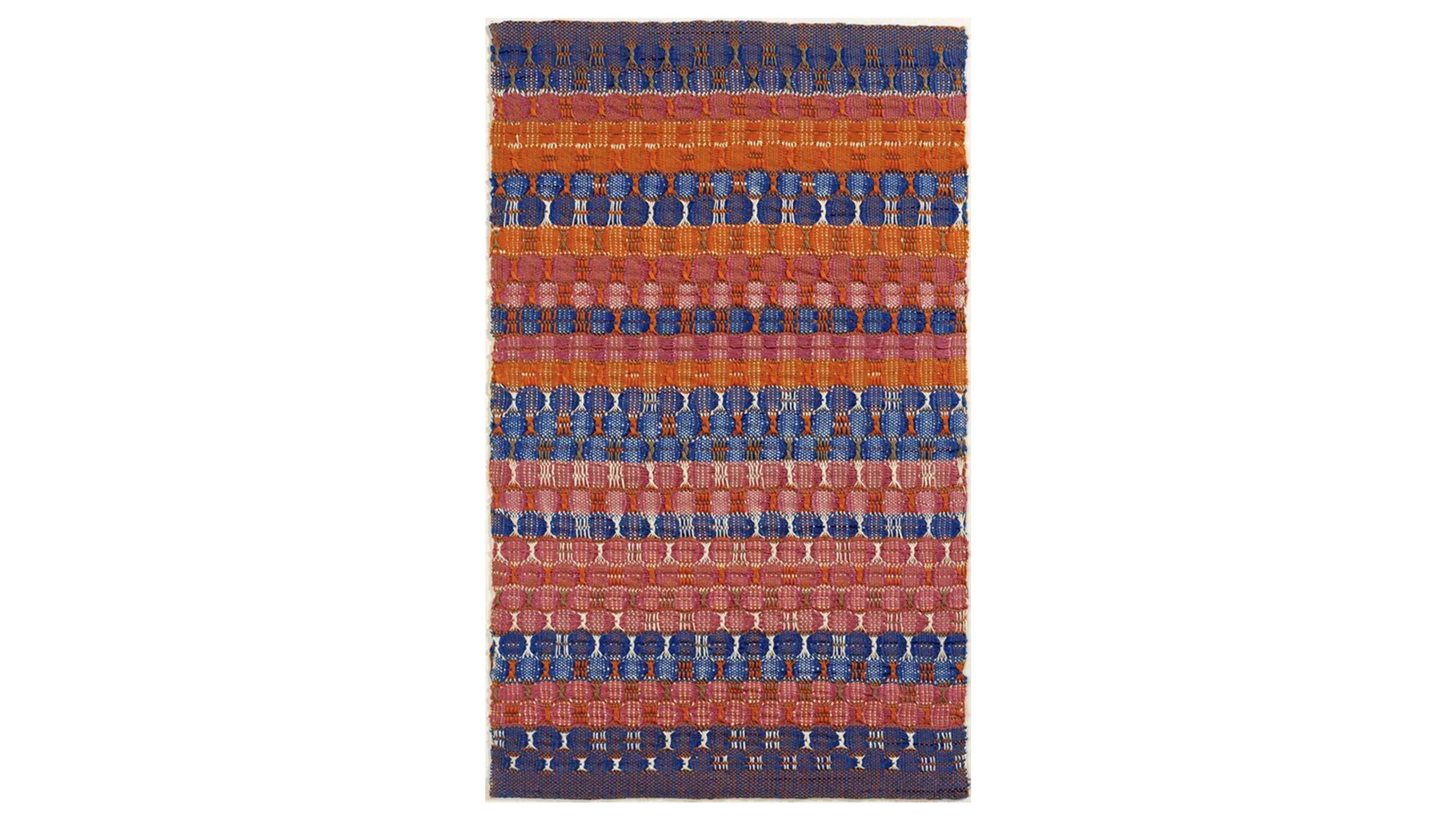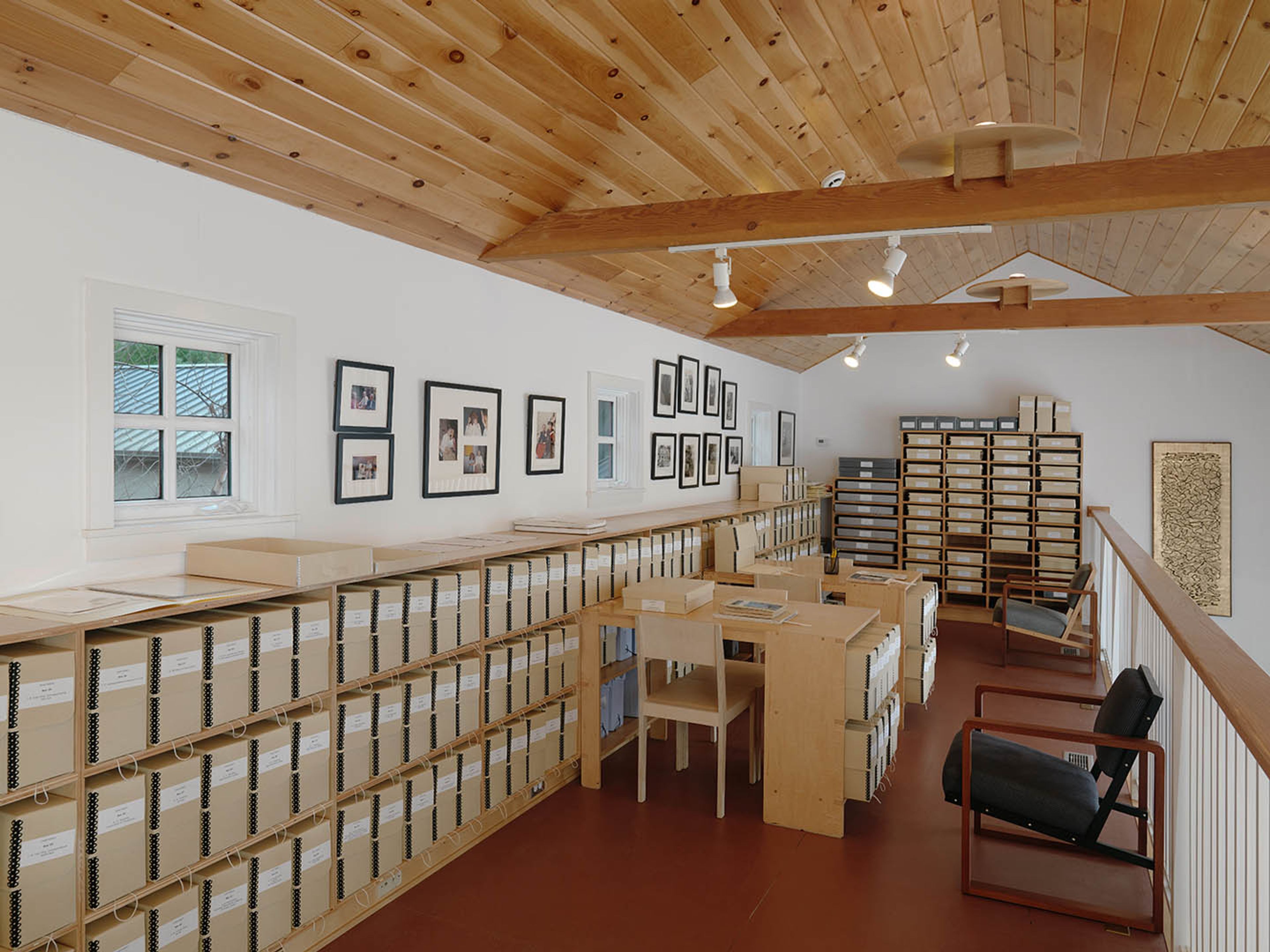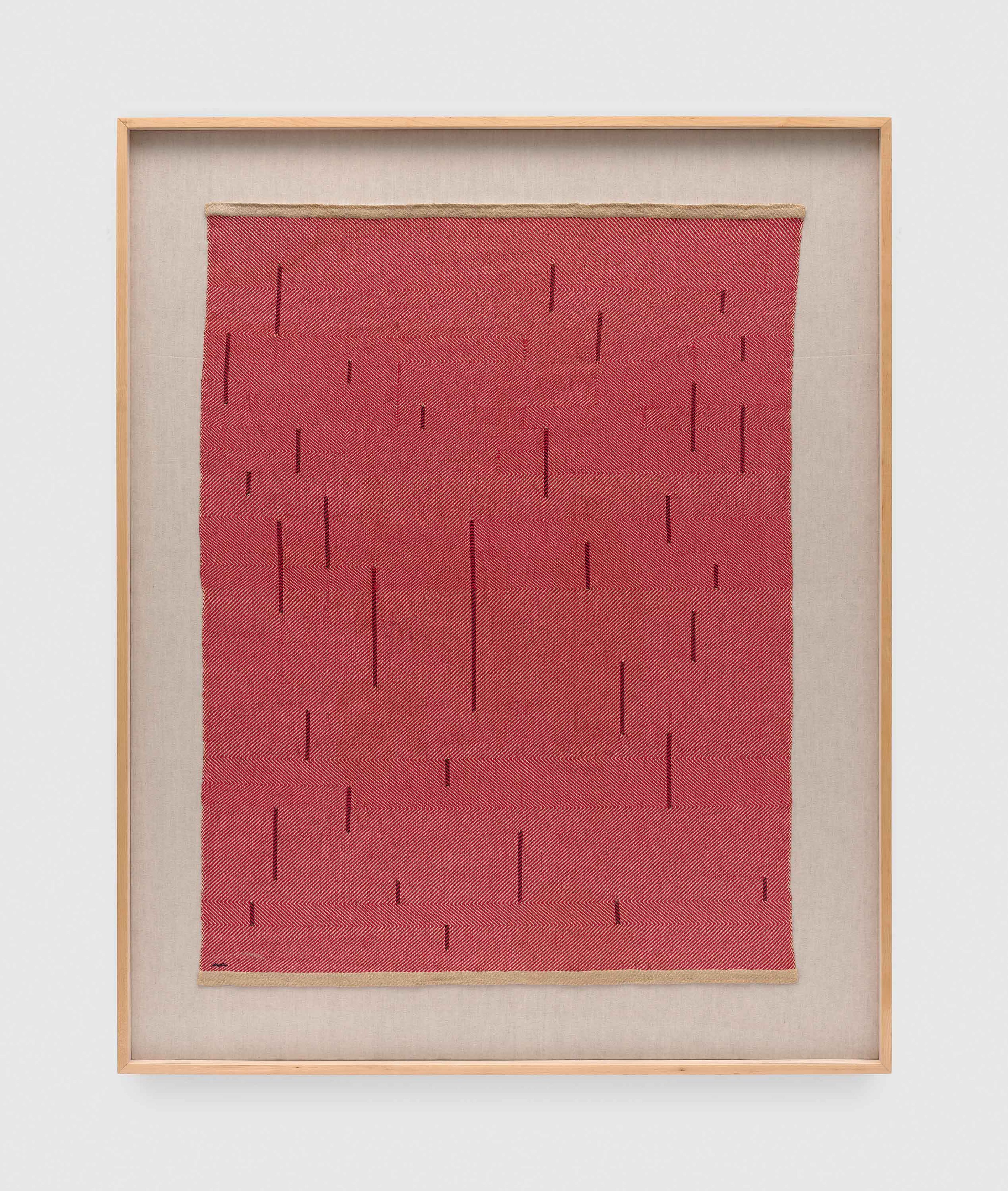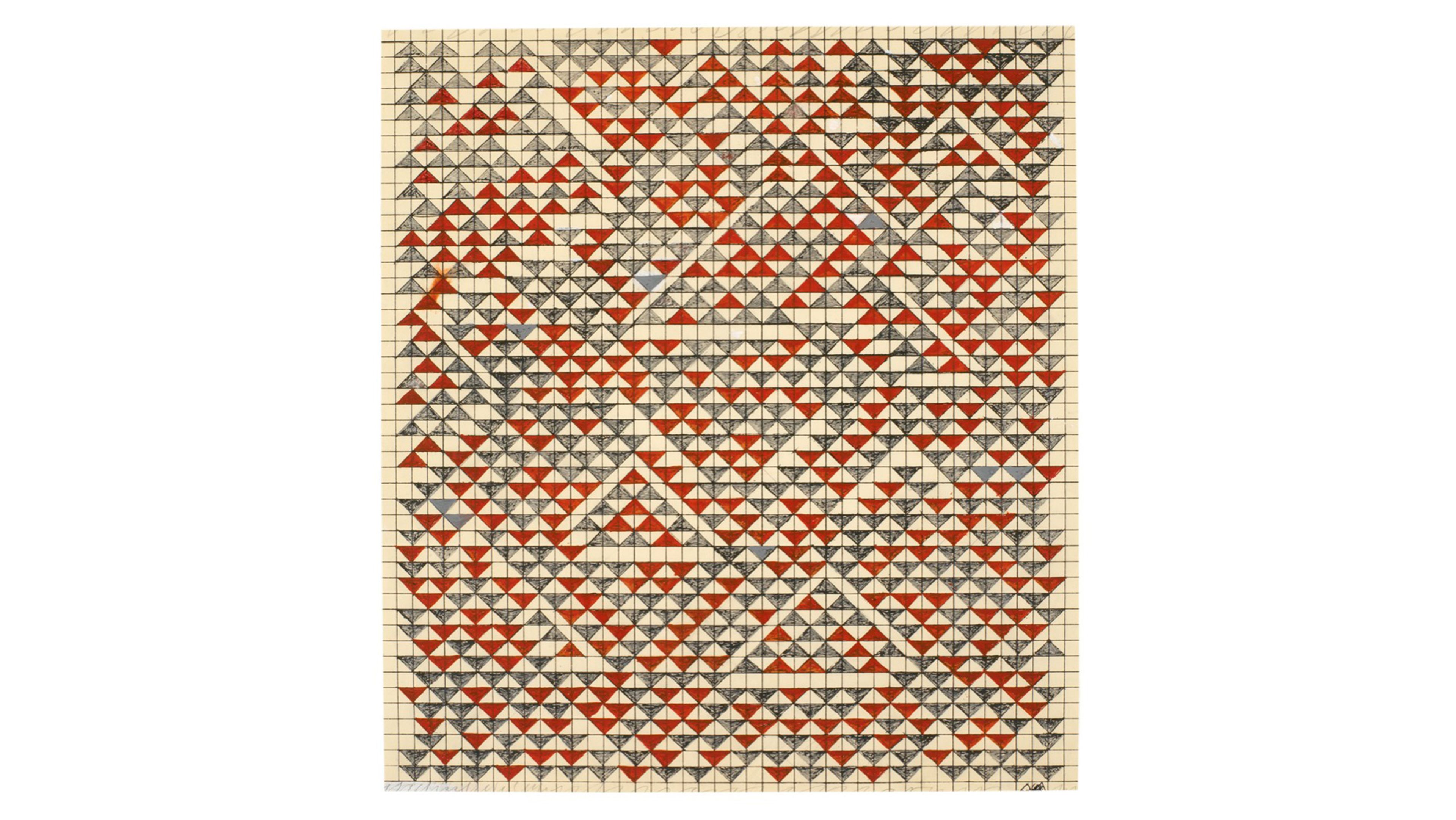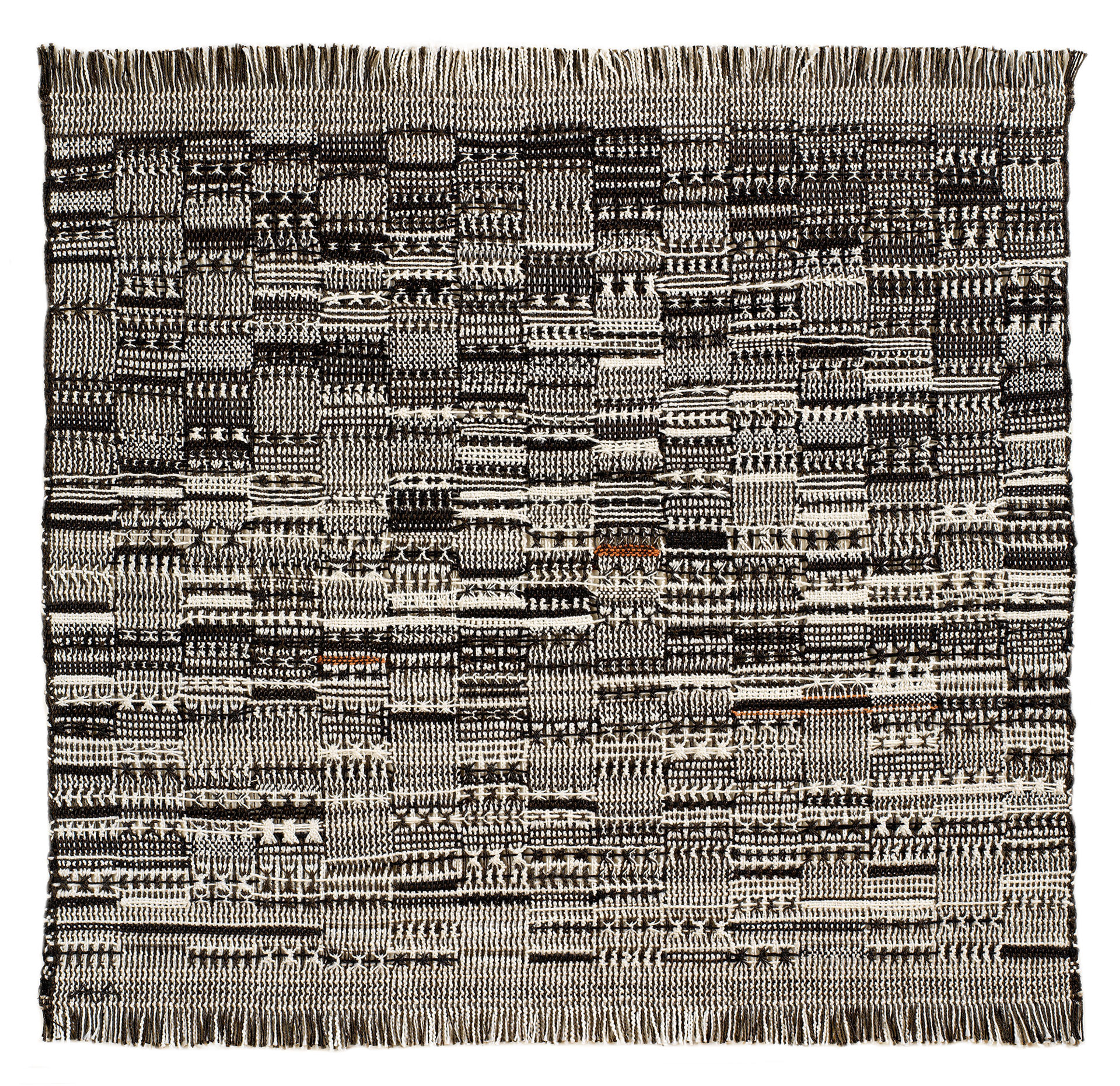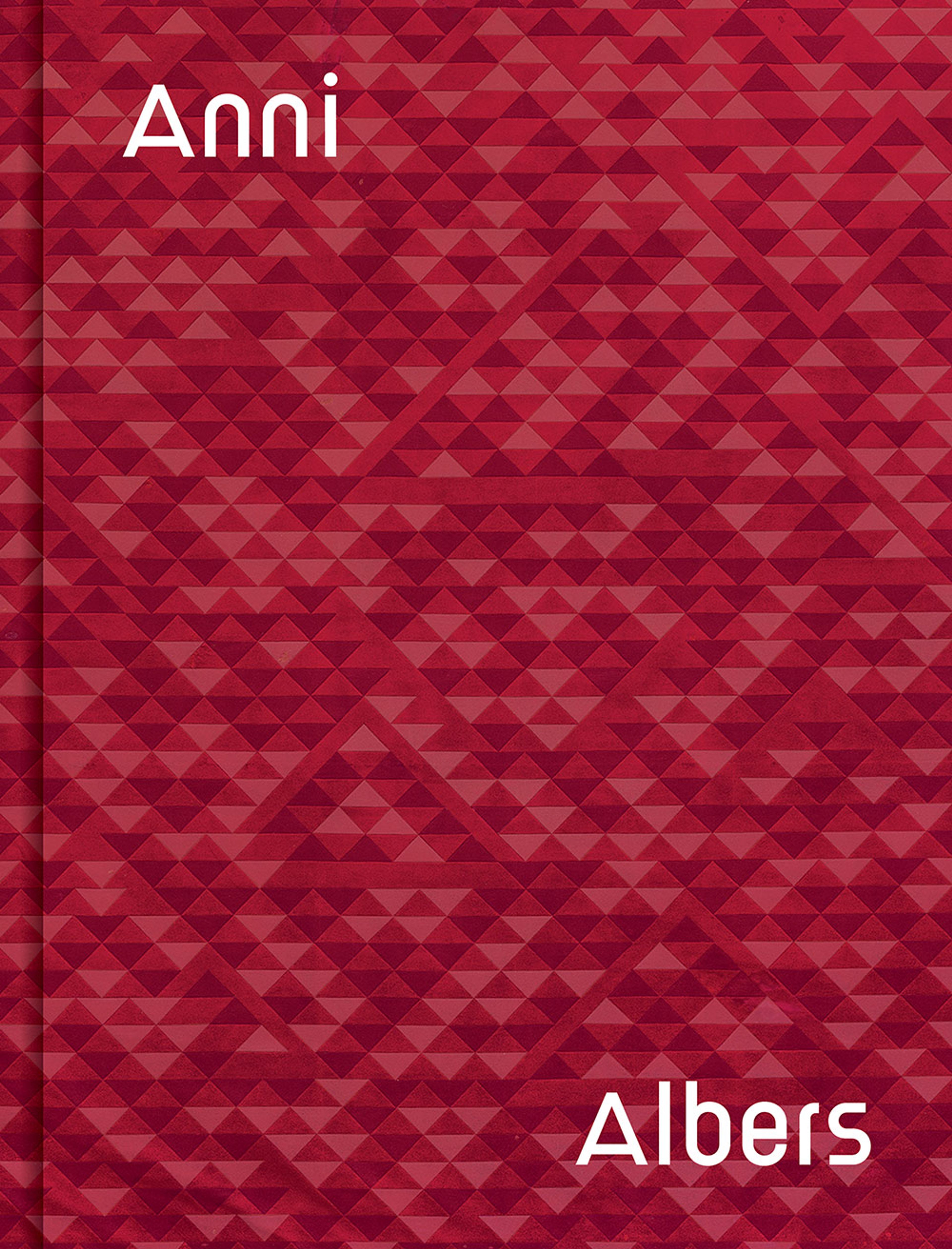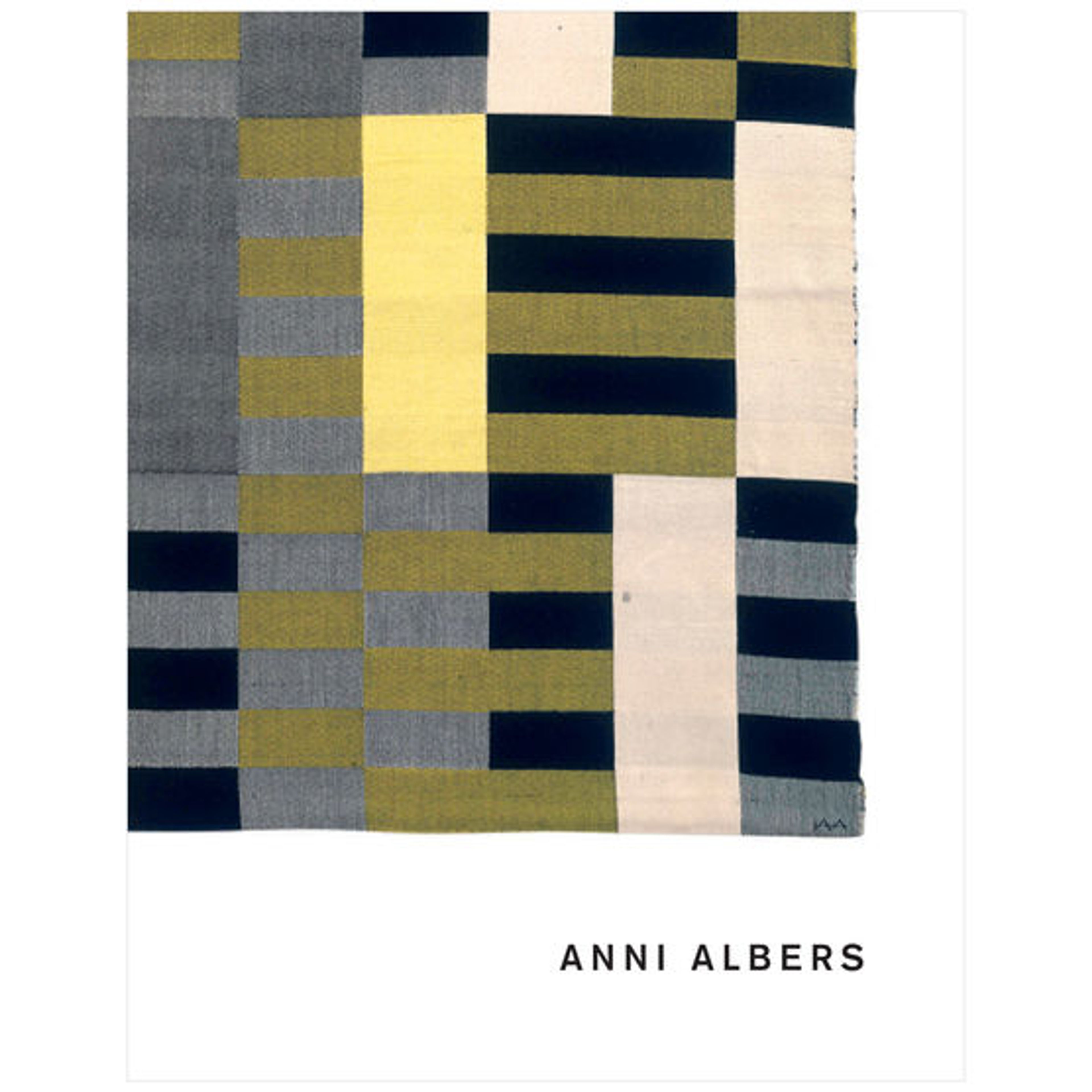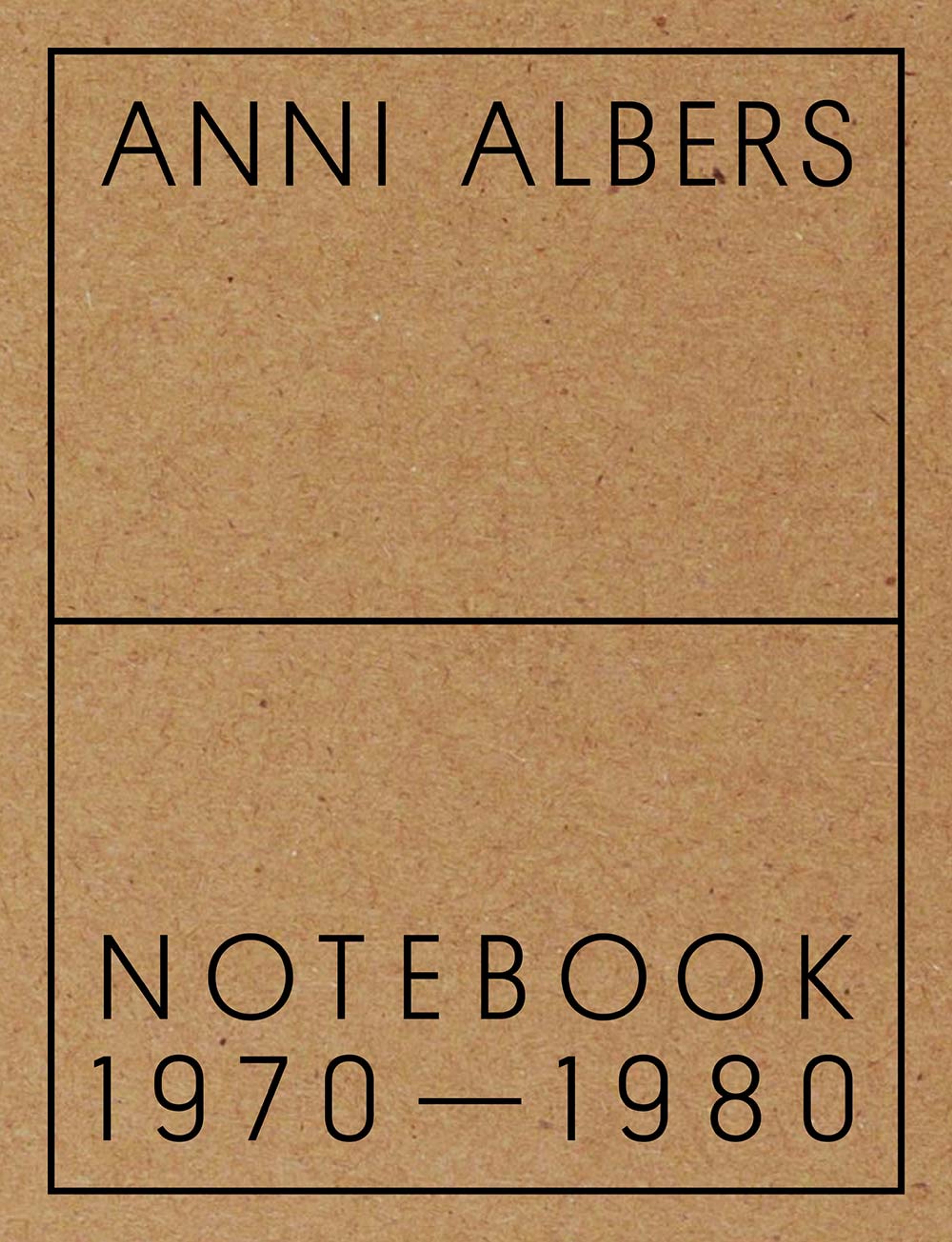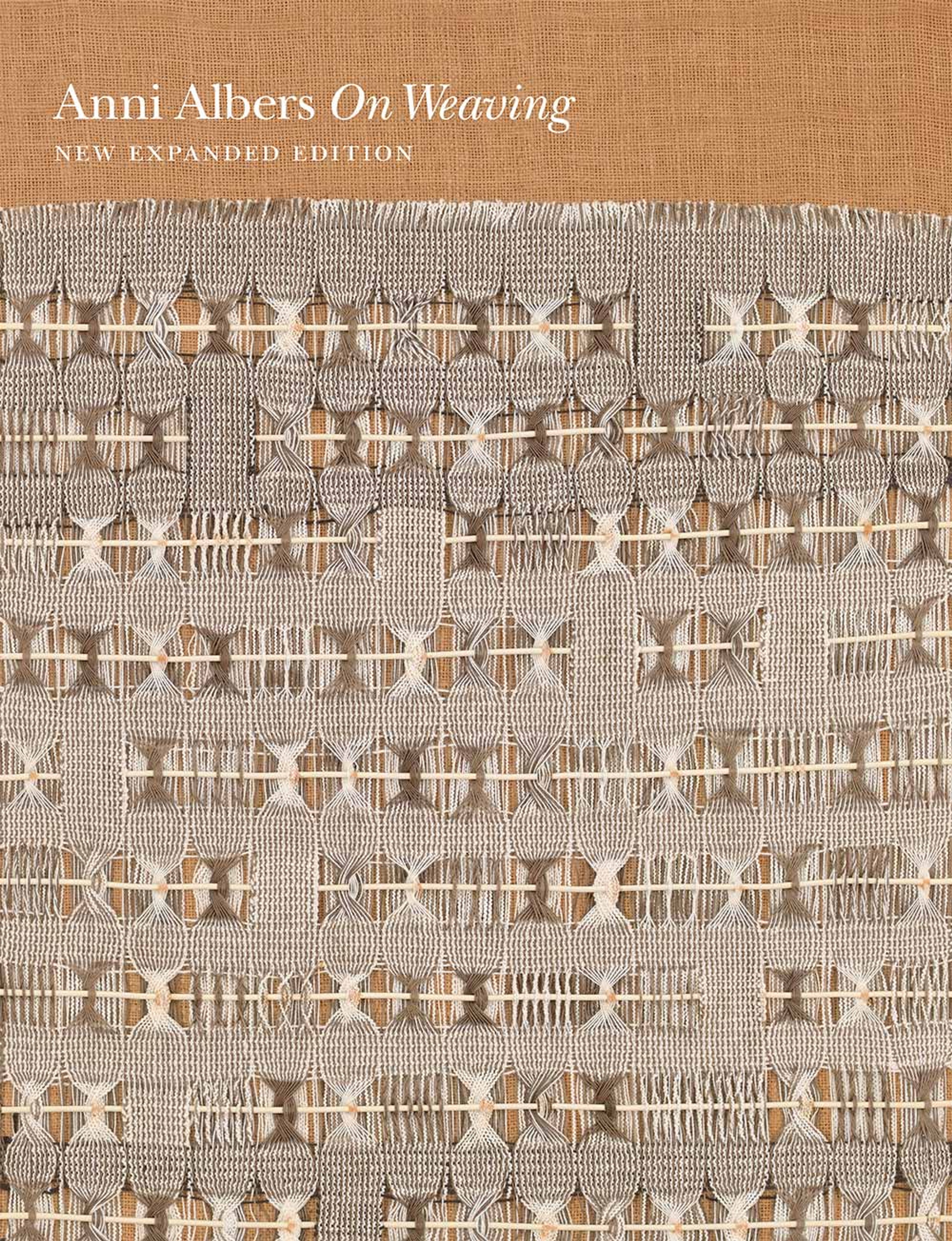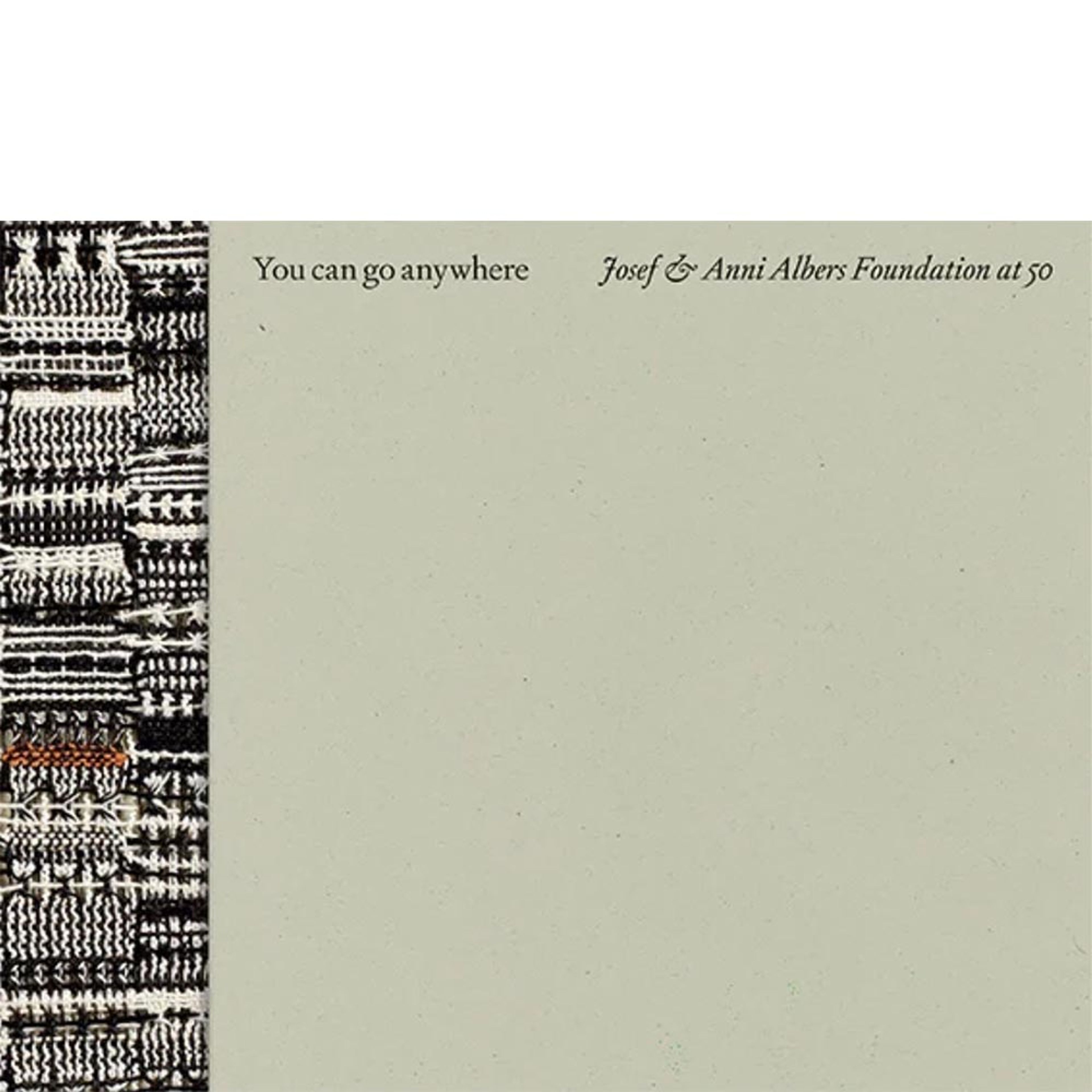Anni Albers
Known for her pioneering graphic wall hangings, weavings, and designs, Anni Albers (née Annelise Fleischmann; 1899–1994) is considered one of the most important abstract artists of the twentieth century, as well as an influential designer, printmaker, and educator. Across the breadth of her career, she combined a deep and intuitive understanding of materials and process with her inventive and visually engaging exploration of form and color.
Learn MoreSurvey
Available Artworks
Exhibitions
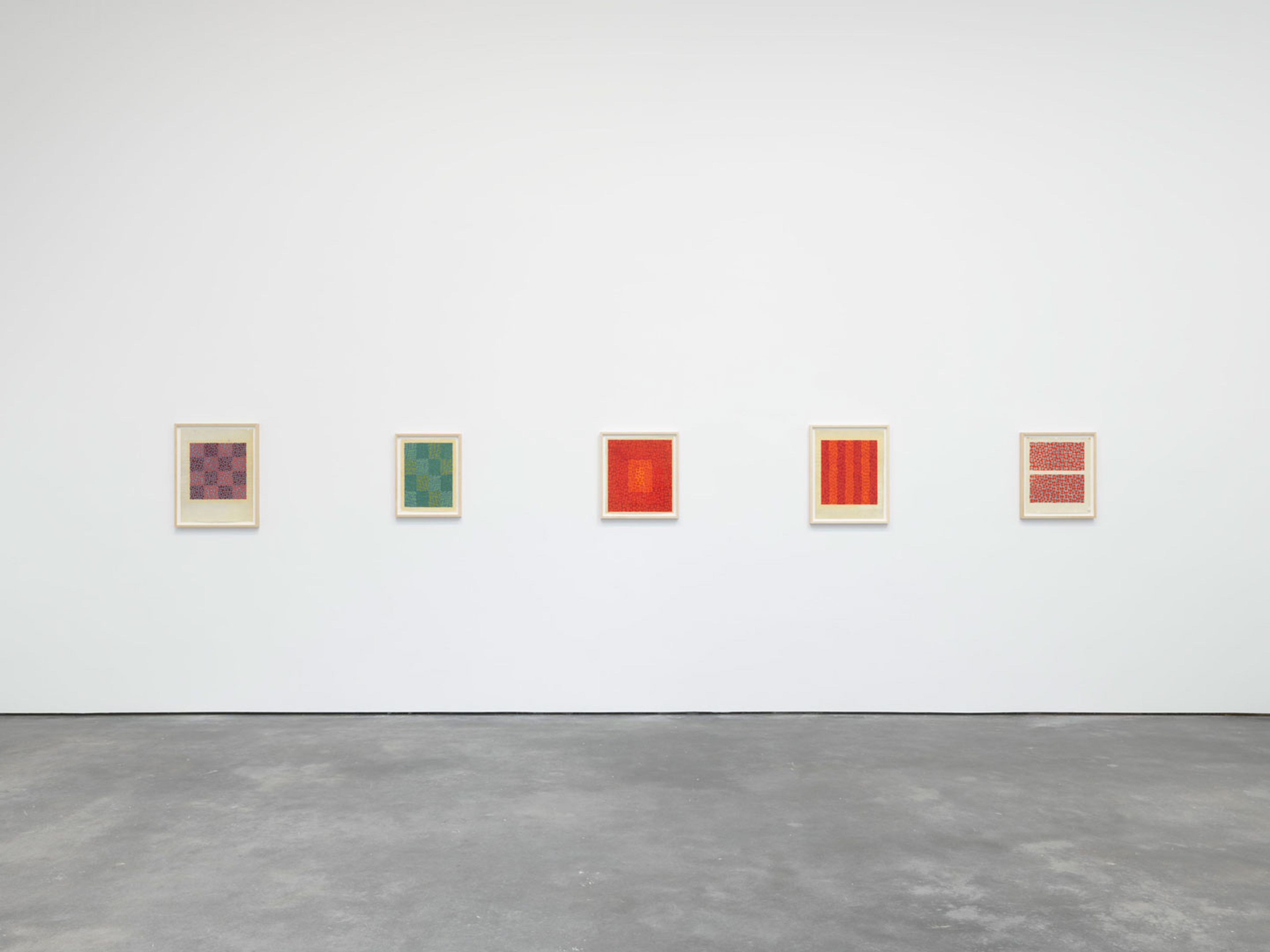
Explore Exhibitions
Artist News
Biography
Known for her pioneering graphic wall hangings, weavings, and designs, Anni Albers (née Annelise Fleischmann; 1899–1994) is considered one of the most important abstract artists of the twentieth century, as well as an influential designer, printmaker, and educator. Across the breadth of her career, she combined a deep and intuitive understanding of materials and process with her inventive and visually engaging exploration of form and color. Born in Berlin, she studied weaving at the Bauhaus beginning in 1922, eventually joining the faculty in 1929. Her innovative textiles from this period, at once functional and aesthetic, were the first to combine avant-garde geometric abstractions with weaving. Albers was deeply influenced by pre-Columbian art and textiles, which she encountered on trips to Mexico during her time teaching at Black Mountain College between 1933 and 1949. She went on to employ long-forgotten techniques discovered through her in-depth study and collection of these works, leading eventually to the creation of her pictorial weavings of the 1950s. After 1963, she largely moved away from weaving to focus on printmaking and drawing as well as a select number of commissions that likewise engaged her singular approach to composition, creating numerous abstract motifs that—like her weavings—set up a dynamic play between figure and ground.
In 1933, Albers and her husband Josef emigrated to North Carolina, where they founded the Black Mountain College art department. At Black Mountain College, she elaborated on the technical innovations she devised at the Bauhaus, developing a specialized curriculum that integrated weaving and industrial design. It was during this time that she began to avidly collect Pre-Columbian art, in particular textiles. In 1949, she became the first designer to have a one-person show at The Museum of Modern Art, New York; the exhibition Anni Albers: Textiles subsequently traveled to 26 venues throughout the United States and Canada. Following the couple’s move to New Haven, Connecticut, in 1950, Anni Albers shifted her focus primarily to her workshop, spending the 1950s creating mass-reproducible fabrics (including a commission from Walter Gropius for Harvard University), writing, and developing her “pictorial weavings,” culminating in the exhibition Anni Albers: Pictorial Weavings at the MIT New Gallery, Cambridge, Massachusetts, in 1959. The show traveled to Carnegie Institute of Technology, Pittsburgh; Baltimore Museum of Art; Yale University Art Gallery, New Haven; and Contemporary Arts Museum, Houston.
In 1963, Albers added printmaking to her artistic repertoire, working primarily in this medium from that point on. Her prints have been featured in numerous exhibitions worldwide, including Anni Albers: Bildweberei, Zeichnung, Druckgrafik at the Kunstmuseum Düsseldorf in 1975, which traveled to the Bauhaus-Archiv, Berlin. A retrospective exhibition on the 100th anniversary of her birth in 1999, organized by The Josef and Anni Albers Foundation and the Peggy Guggenheim Collection, Venice, traveled to the Josef Albers Museum, Bottrop; the Musée des Arts Décoratifs, Paris; and the Jewish Museum, New York.
The artist’s seminal book On Weaving, published in 1965, helped to establish design studies as an area of academic and aesthetic inquiry and solidified her status as the single most influential textile artist of the twentieth century. Her writings on design, first published as On Designing in 1959, were reissued in 2000.
In 2017, the Guggenheim Museum Bilbao presented Anni Albers: Touching Vision, an in-depth survey of the artist’s work. The Kunstsammlung Nordrhein-Westfalen in Düsseldorf organized an exhibition of Albers’s work in 2018, which traveled to the Tate Modern in London. In 2019, the two-person exhibition, Paul Klee and Anni Albers, was presented at the San Francisco Museum of Modern Art. Anni and Josef Albers: Art and Life was on view at the Musée d'Art Moderne de Paris, in 2021, and subsequently traveled to IVAM (Instituto Valenciano de Arte Moderno), Valencia, Spain, in 2022. The solo exhibition Anni Albers: Work with Materials was on view at the Syracuse University Art Museum, New York, in 2022, and in the same year, Anni en Josef Albers was presented at the Kunstmuseum Den Haag, The Hague, the Netherlands. In 2024, the Blanton Museum of Art, Austin, presented Anni Albers: In Thread and On Paper.
Since May 2016, The Josef and Anni Albers Foundation has been exclusively represented by David Zwirner. The gallery’s first solo presentation of Anni Albers’s work was on view in 2019, coinciding with the centennial anniversary of the founding of the Bauhaus.
Work by Albers is held in important public and private collections worldwide.
Selected Press
Selected Titles

Request more information

